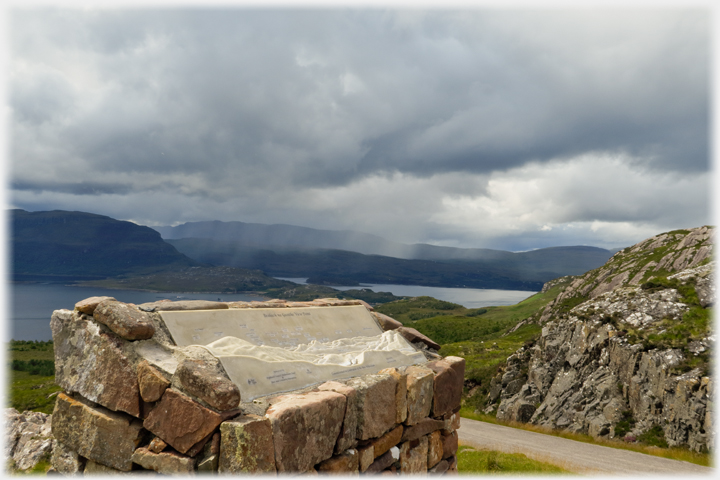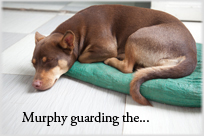
Landscape
...we are all too aware of our dependency on Nature now. More crucially still, we feel Nature’s dependency on us. Landscape as a way of seeing from a distance is incompatible with this heightened sense of our relationship to Nature as living (or dying) environment. As a phrase in the cultural life of the West, landscape may already be over... ...a number of issues have perennially haunted discussions of landscapes in art: vanishing wilderness and the end of nature, the representation of landscape as ‘souvenir’.
Malcolm Andrews (1999)

The idea of Landscape articulates many themes. Medieval artists had used the human form to reflect the power and presence of God. But in the 1500s this norm began to shift with the depiction of nature through landscape, a movement culminating in the
Transcendentalists’
 The American movement, of the mid-nineteenth century, to make nature the centre of our beliefs.
reverence for the Universal Being - a Being to be found in
nature.
The American movement, of the mid-nineteenth century, to make nature the centre of our beliefs.
reverence for the Universal Being - a Being to be found in
nature.
 The dual aspect of nature: environment and our inner selves.
Just at this point photography emerged and, over time, let us all form landscapes from the “shapeless gathering of natural features”. And as we did so, we began again to treat the landscape as land; as ‘a piece
of the world’
The dual aspect of nature: environment and our inner selves.
Just at this point photography emerged and, over time, let us all form landscapes from the “shapeless gathering of natural features”. And as we did so, we began again to treat the landscape as land; as ‘a piece
of the world’
 Susan Sontag offers insight into what is happening when we take photographs.
- a ‘souvenir’ - that we could collect. The
ineffable
Susan Sontag offers insight into what is happening when we take photographs.
- a ‘souvenir’ - that we could collect. The
ineffable
 A page seeking to link Kant's ideas to the ultimate, ineffable and un-sayable.
which we had found in landscape was de-vivified. Nature becomes object as in the above toposcope. This ambivalent relationship to the natural world ends in a wish to frame it, objectify it, or set it aside, this is an ambivalence that crucially underlies our present
emergency.
A page seeking to link Kant's ideas to the ultimate, ineffable and un-sayable.
which we had found in landscape was de-vivified. Nature becomes object as in the above toposcope. This ambivalent relationship to the natural world ends in a wish to frame it, objectify it, or set it aside, this is an ambivalence that crucially underlies our present
emergency.
 On being conscious of the damage we are causing to the earth.
On being conscious of the damage we are causing to the earth.
Andrews’ book Landscape and Western Art, Oxford University Press, offers a sweeping review of the concept in the chapters between the elided quotes above which are from page 22 and page 222; and the phrase “...shapeless gathering...” is from page 5 of that book. The word toposcope has made it into the Oxford Dictionary: “A board, dial, etc., erected at a viewpoint to show the direction of designated features of the landscape.”
This rather splendid stone toposcope is at the viewpoint at the head of the Bealach na Gaoithe on the road above Upper Loch Torridon going to Diabaig, northern Scotland.
Above, hovering on blue introduces a link: click to go, move away to stay.

Saturday 14th October 2023
 ...guide to this site
...guide to this site